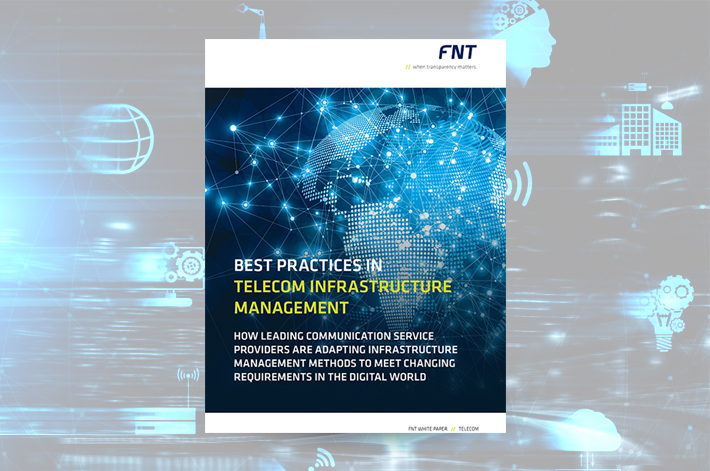Disruptive market forces are pressuring organizations in the telecommunications industry to adopt new technologies and network management methodologies to tackle new use cases and customer demands.
REGISTER NOW TO READ FULL WHITEPAPER
However, wherever there are challenges, there are opportunities to rise above and emerge as a market leader. Service providers that manage to adapt successfully will enjoy a significant competitive advantage. More often than not, the capacity to adapt to new market dynamics comes down to successful infrastructure management.
What makes this difficult is that today’s infrastructure consists of active physical, logical and virtual resources, as well as passive infrastructure and inventory in the inside and outside plant. These hybrid assets can reside in organizational silos, preventing end-to-end transparency across the network.
This whitepaper by FNT - a leading provider of software solutions for the integrated management of IT, data centre, and telecommunication infrastructures - details the best practices six leading service providers took to improve their network infrastructure management processes and highlight the business outcomes they were able to achieve as a result.
It concludes with common success factors that allowed these companies to excel where many others failed, as well as FNT’s recommendations for achieving better, more agile infrastructure management.
REGISTER NOW TO READ FULL WHITEPAPER






